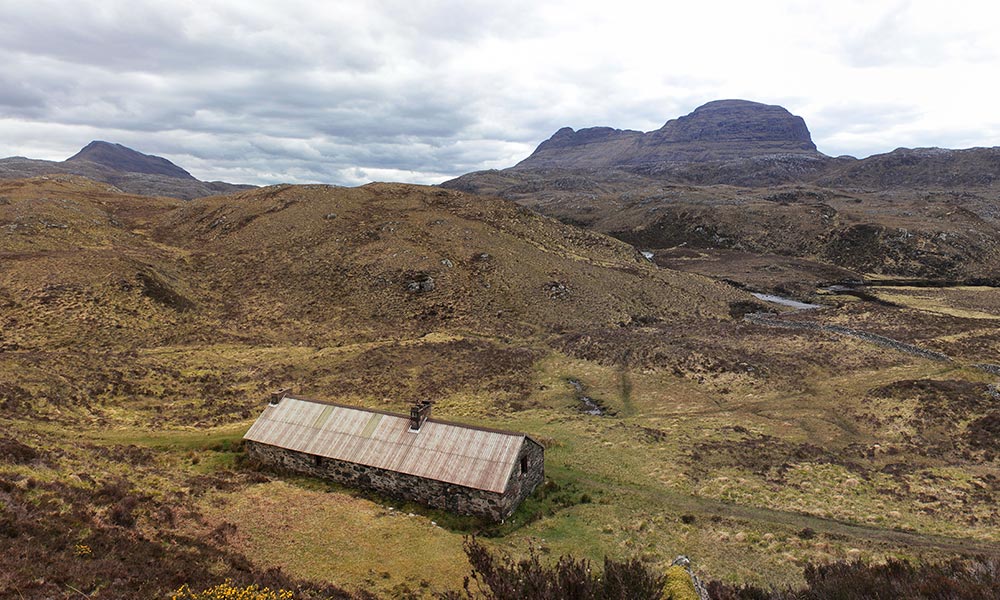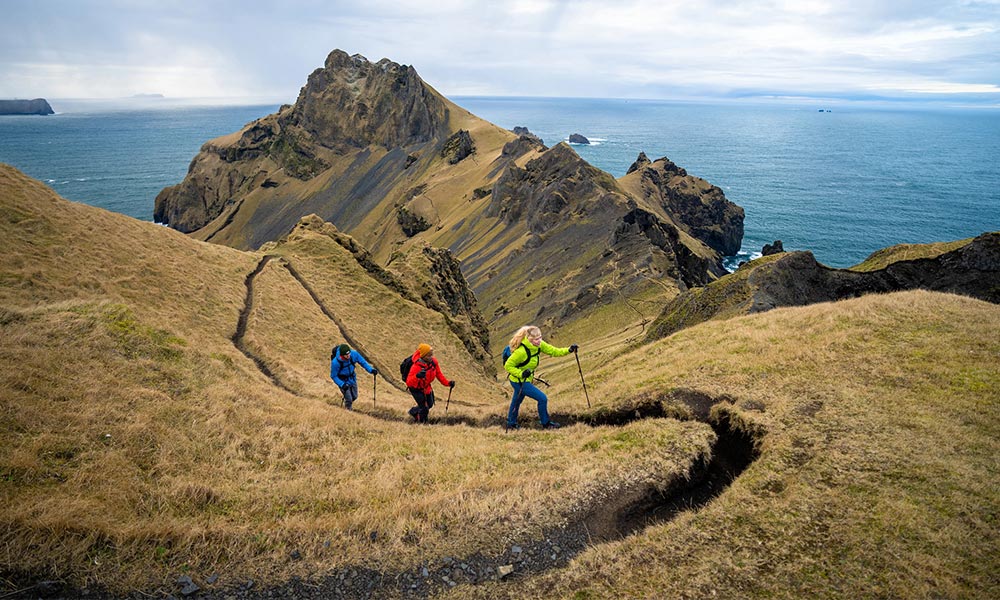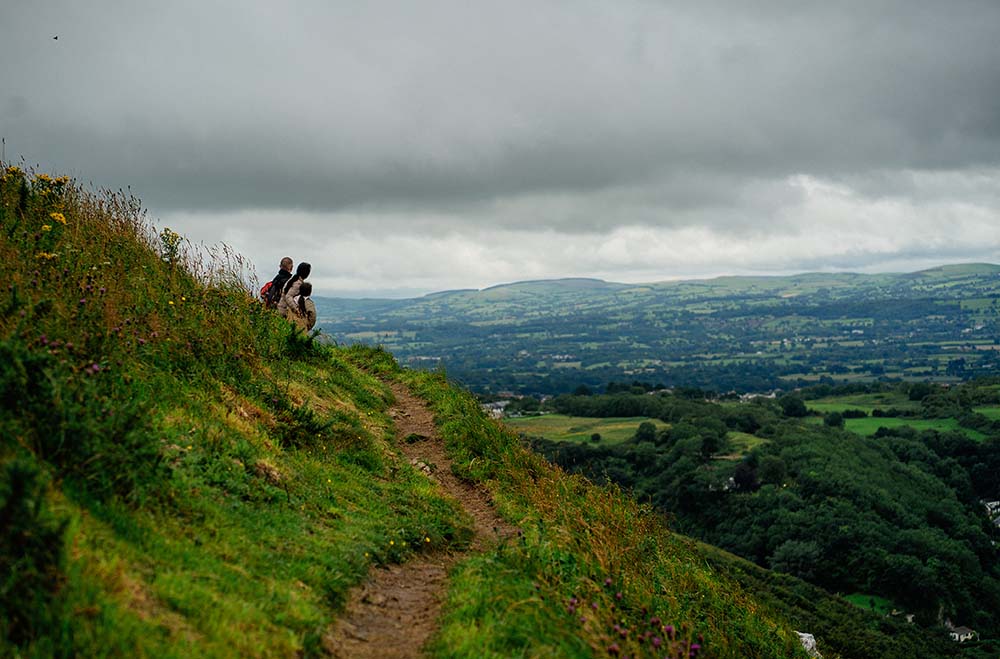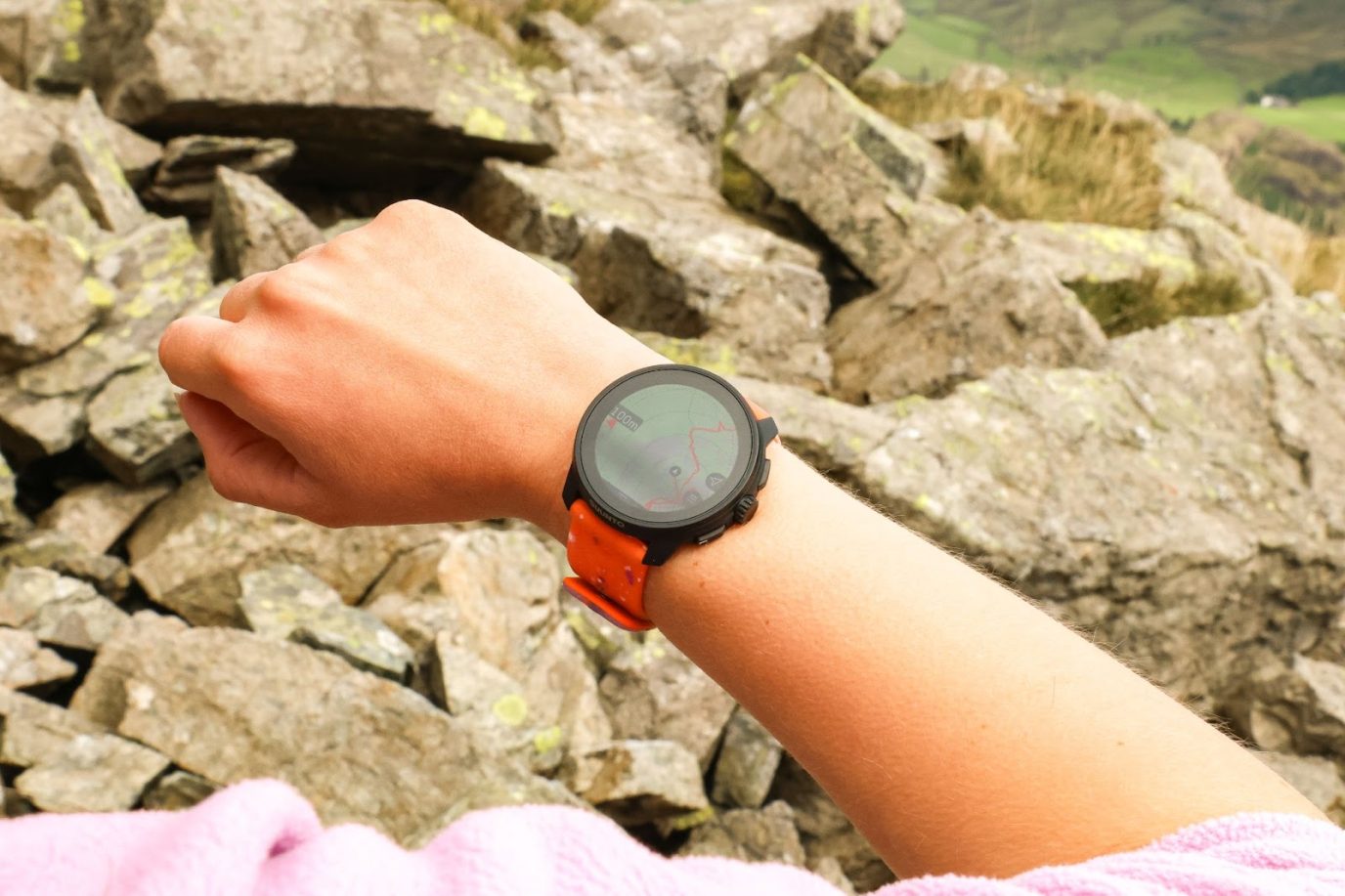How to plan a long distance route
There’s nothing more exciting than heading out the door on an adventure, especially walking a long-distance path. Here’s everything you need to know to walk one of Britain’s National or Regional trails or, plan your own multi-day route.
Long distance paths in the UK
There are over 1,500 UK paths and trails covering an enormous 88,000 miles for you to choose from. Some span the mountains and others circle a whole parish or district. If you’ve never done a long-distance trail before, the National Trails are a great first step.
With 17 epic routes to choose from, they are very well sign posted with a little acorn symbol, easy to follow on OS Maps and also have a great range of books written about them. Most of the National Trails are also well catered for with public transport links along the way if you want to break them into sections. You can read more about my journey along one of them, the Pennine Way. There are also Regional Trails and Scotland’s Great Trails which are also waymarked, but often a little less-trodden.
Most popular long-distance paths are already on OS Maps, along with thousands of other great trails to help you plan a fantastic walk. Select ‘find routes’ and filter by duration, distance, difficulty and rating.
How many miles a day are you comfortable walking will help you decide what length trail to choose.
Long Distance Walking Association
If you fancy something a little shorter or closer to home the Long Distance Walkers Association has a fantastic long-distance footpaths map which shows all of the trails in the UK and where you can find more information about them. If you’re member, you can also download the GPX file to upload to OS Maps.

Emily walking Hadrian’s Wall
When do you want to go?
Spring and autumn are possibly the best time to do a long-distance walk as it’s not too hot or cold and the paths are often quieter than in summer. Summer does tend to bring better weather and more daylight hours, although you can never guarantee a dry day! Whatever the weather, remember to pack the right layers and wet weather gear to keep you comfortable. Low-lying long-distance paths can be walked during winter months but there may be less choice in accommodation. National Trails make a great choice for winter walking as they can easily be broken down into day walks and are usually well trodden and follow a proper path.
How many days do you want to walk?
Can you find a route which can be achieved in the number of days you want to walk? Are you comfortable you can walk the distance you need to cover each day to achieve this? Luckily, many of the UK’s long-distance paths can be split into smaller sections making them suitable for a range of abilities. The great thing about planning your own walking adventure, it that you can choose the distance you would like to cover each day. Some people may choose to walk a route in, say, 10 days and others would feel comfortable completing it in seven.

Where are you going to stay?
Are you going to stay in Bed and Breakfast accommodation along the way, or carry a tent and camp? Think about how far you want to walk in a day and where you might be able to reach – is there accommodation or campsites there?
Campsites are usually marked on the map. If you’re staying in accommodation, do an internet search for the place you want to stay to see what there is in the area. Sometimes you might have to walk a little way off the route, especially if the walk spans a ridgeline like the North Downs Way or the Ridgeway, to find something but doing this can often result in finding a really special place to stay. Many National Trails, like the South Downs Way, have specialist bunk houses or accommodation options tailored to walkers directly on the route. If hiking in Scotland or the Lake District, you can even plan your walk to stay at mountain bothies on route for added adventure!
Travel to the start and finish?
Is it a linear walk where you need to consider how you will get from the start and finish?
Many of the long-distance walks start in villages and towns which are well served by public transport, so you can often leave a vehicle at one end and head back there when you finish or do away with the car entirely! There are plenty of great places to visit by train which have walking routes nearby.
Many of the National Parks put on additional bus services over the summer period to reduce the number of cars travelling into the area, consider making use of these and reducing your carbon footprint.
Clothing and equipment
In summer you might find yourself carrying everything from sunglasses and suncream and a waterproof jacket, in winter you’ll need to carry full wet weather gear and warm clothing. Read our ultimate guide to layering to help you prepare your clothing.
Consider also that you will need a rucksack big enough to carry your additional kit for staying over (depending how many nights you are doing). If this is your first long-distance trail and you don’t want to carry all your kit, you can consider using one of the many baggage transfer services which exist. They’re relatively inexpensive but do only cover the popular trails, but its worth searching them out if your concerned about carrying kit.
Navigation
Is the route you intend to walk going to be well sign posted? Many well-known long-distance trails are waymarked with disc markers and footpath signs, but don’t rely on these as they can often disappear on the less well-used sections of even the most popular routes!
Are you going to need good navigational skills? Some long-distance trails which cross mountain passes are not clear to navigate in poor weather. If you want to brush up on your navigational skills, you can find some fantastic course providers and take a look at our free map reading guides.
Remember to download your route onto your device prior to setting off so you can easily navigate on the go. An OS Maps subscription gives you access to 607 OS paper maps on and offline on any device. A paper map and compass are a great back up and should always be carried when heading to more remote places.
If a ready-made trail doesn’t tickle your fancy, you can always plot your own long-distance walk by connecting a few Regional Trails or simply using Public Rights of Way to connect your favourite places. Long-distance walks are a great achievement however you choose to do them, so get out there and have a great time!
Remember to pack accordingly and make sure you have the right outdoor gear to keep you safe and make it an enjoyable experience.








